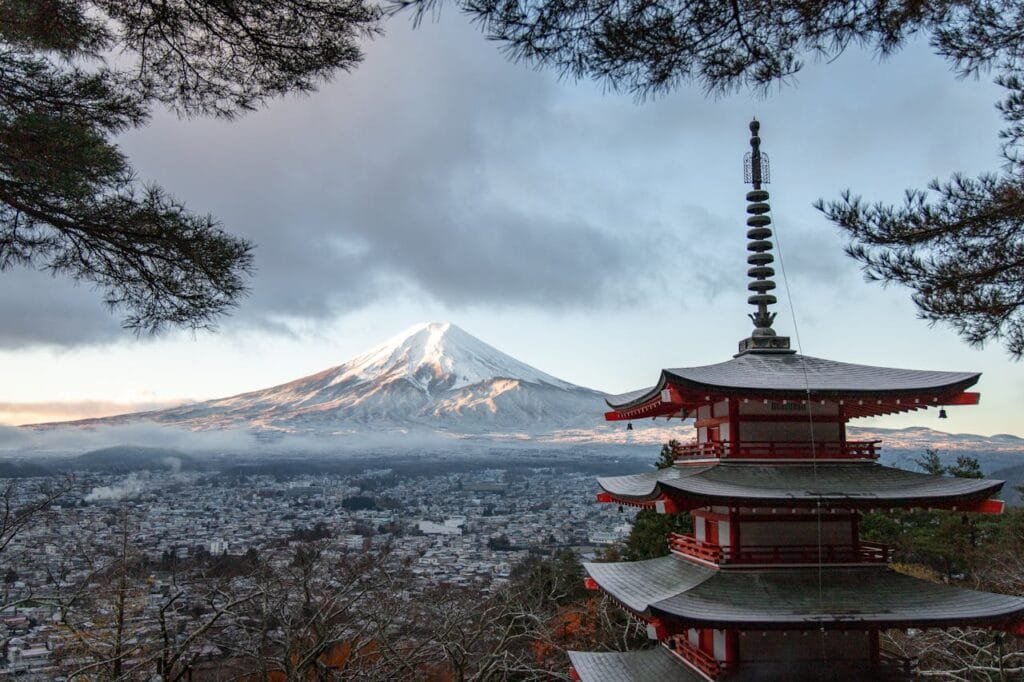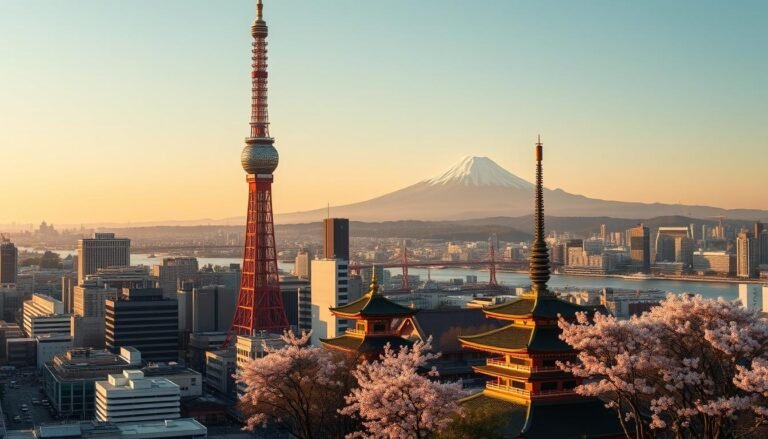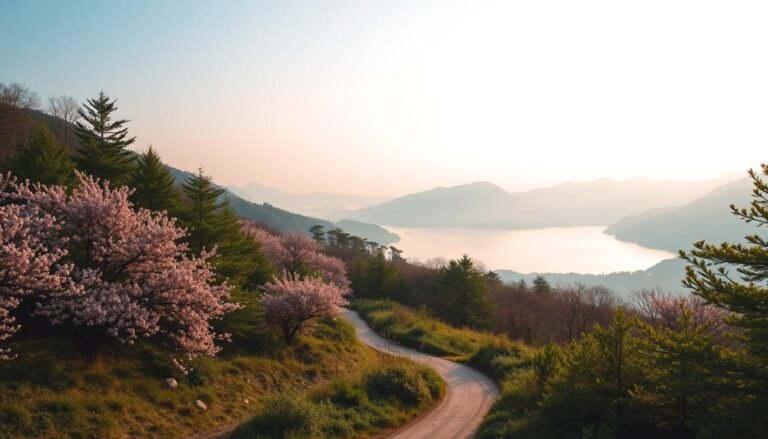Mt. Fuji is one of Japan’s most iconic and cherished landmarks, inspiring poets and artists for centuries. Every year, hundreds of thousands of people climb this sacred volcano, following a tradition that dates back generations. Whether you’re planning to hike or simply admire its perfectly shaped peak, Japan’s tallest, experiencing Mt. Fuji is a must when you visit Japan.

Hiking Mt. Fuji
There’s an old saying: climbing Mt. Fuji once is wise, but doing it twice is foolish. The hike can be challenging, with rocky paths and often-cloudy views at the top. Despite this, the sense of accomplishment draws around 300,000 hikers during the official climbing season (July 1 to August 31, sometimes extended to September 10).
The mountain is divided into 10 stations from the base to the summit, but most climbers start at the 5th Station, which is accessible by road. The Yoshida Trail is the most popular route, offering plenty of mountain huts with food, water, and restrooms. It takes about 5-6 hours to ascend and 3 hours to descend, plus extra time to circle the crater at the top.
Other trails include the Subashiri, Gotemba, and Fujinomiya routes. The Gotemba Trail is the steepest and best for travelers from Kyoto or Osaka. For a unique challenge, you can hike the full 19km Old Yoshidaguchi Trail from the base, starting at Fuji Sengen Shrine.
To avoid crowds, hike on a weekday or start early and stay overnight in a mountain hut to reach the summit by dawn for breathtaking views (weather permitting).
Climbing outside the official season is risky due to unpredictable weather and closed first-aid stations, but some huts remain open in late June and early September. If you climb off-season, register with local authorities for safety.
Tips for Hikers
- Take it slow to avoid altitude sickness.
- Use hiking poles to reduce strain on your knees, especially during the descent.
- Start your hike early enough to avoid crowds and reach the summit by sunrise if that’s your goal.
- A small, lightweight backpack is ideal for carrying essentials. Make sure it has a rain cover to protect your belongings.
- High-energy snacks like nuts or energy bars are great for the climb. Carry at least 2 liters of water to stay hydrated.
- If you’re hiking overnight or early in the morning to catch the sunrise, a headlamp is essential for safety.
- Before your hike, monitor the weather forecast. Conditions can change quickly, and storms can make the climb dangerous.
- Descending too quickly can lead to falls or injuries. Take your time and use hiking poles for stability.
- Take rest as needed, don’t rush.
Staying and Dining
Mountain huts near the summit offer simple meals and basic accommodations (floor mats and blankets in shared spaces). Reservations are highly recommended, especially on weekends, and cancellations may incur a fee. Good huts include Fujisan Hotel, Higashi Fuji Lodge, and Taishikan.
Camping is prohibited except at the designated campsite near the Fuji Subaru Line 5th Station.
Permits
No permit is needed to climb Mt. Fuji.






